Sol 4: Rocks + Stars = Rockstars!
The Mangalyatri crew woke up to a cool day with a hint of sun peeking through the clouds, and, mercifully, very little wind. Perfect EVA conditions! Our Marstronauts had a quick breakfast of blueberry pancakes to fuel their journey, and then it was off for a 1000 start.
Everyone got into their EVA suits quickly, with a minor hitch along the way. One of the suits hadn’t charged (which we later realised was our fault as the fan hadn’t been switched off), meaning a change of suit for one of the crew. The crew were still out the door relatively on time (in the airlock at 1002), and were off to try and find some gypsum, concretions, and any possible evidence of microbial life. This was a fairly long EVA for our fresh Marstronauts, and they managed their time and energy extremely well, and even brought back some great samples of lichens, soil, and rocks for testing by our crew biologist, Daniel.
The rest of the crew at home were focused on more domestic tasks like sweeping, how to bathe using the least amount of water possible, and cooking lunch so that the EVA crew had a hot meal as soon as they got home. Great successes on all three fronts, I’m pleased to say!
The crew was spread out this afternoon with some people in the Hab, some in the Science Dome, and some in the GreenHab, all focusing on different tasks. Mehnaz took care of the plants and began planting some more radish seeds for both us and her experiments, Annalea continued her drawing and painting, Bharti and I had a lengthy geology and geoconservation discussion, Daniel helped in the GreenHab and baked a banana bread, and Rajvi continued doing her stellar work as crew engineer.
Unbeknownst to the rest of the crew, Aditya was quietly working away in his room, processing data from the robotic observatory leading to one of Sol 4’s biggest successes – a beautiful image of NGC5904 (a globular cluster 24,500 light years away from Earth)! Aditya even showed us a publicly searchable image of NGC5904 for comparison, and his was extremely similar. His image of NGC5904 was met with a chorus of oohs and aahs from the rest of the crew. We were (and still are) incredibly impressed with the quality of his image. The crew can’t wait to see what you image next. Well done, Aditya!
Mangalyatri truly is a crew of rockstars, both metaphorically, and in terms of actual rocks and stars (well globular clusters, really).
Keeping our head in the stars,
Clare Fletcher (292 Mangalyatri Journalist)










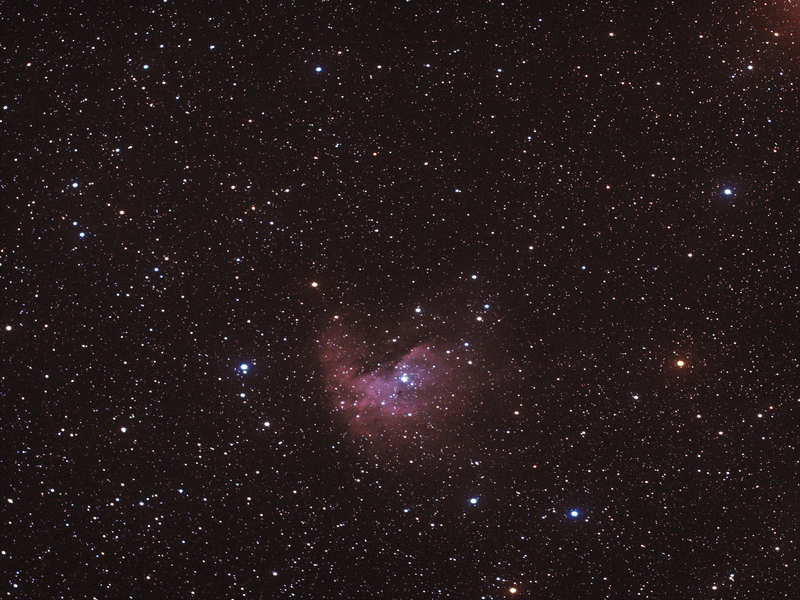
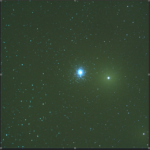
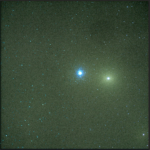
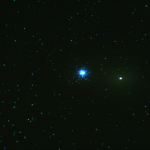
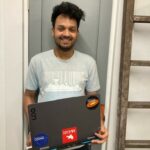







You must be logged in to post a comment.